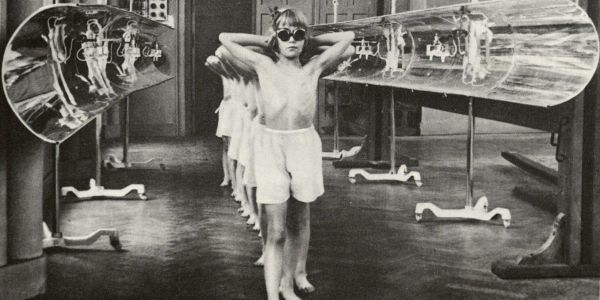BE—150 Dean's Lecture - Beatriz Colomina: X-Ray Architecture
The BE–150 Dean's Lecture Series showcases eminent international professionals and leaders in the built environment, providing opportunities for students, staff and the broader built environments community to engage with thought leaders and innovators across design.

The inaugural BE—150 Dean’s Lecture brought world-leading architectural historian, theorist, researcher, curator and author Beatriz Colomina into our Faculty’s built environments community. Beatriz is the Howard Crosby Butler Professor of the History of Architecture and Director of Graduate studies in the School of Architecture at Princeton University, and is also the founding director of Princeton’s interdisciplinary Program in Media and Modernity.
Modern architecture and the X-ray were born around the same time and evolved in parallel. While the X-ray exposed the inside of the body to the public eye, the modern building unveiled its interior, dramatically inverting the relationship between private and public. Architects presented their buildings as a kind of medical instrument for protecting and enhancing the body and psyche. As a Visiting Fellow at the New York Institute for the Humanities in the 1980’s, Beatriz started seeing modern architecture in relation to its pathologies, both real and imagined: agoraphobia, claustrophobia, tuberculosis, hygiene, germs and fresh air. This interest spanned decades and resulted in several essays and chapters before finally developing into X-Ray Architecture – a newly published book, and the focus of the evening’s lecture.

Beatriz explores the impact of medical discourse and imaging technologies on the formation, representation and reception of twentieth-century architecture. She challenges the normal understanding of modern architecture by proposing that it was shaped by the dominant medical obsession of its time: tuberculosis and its primary diagnostic tool, the X-ray. She suggests that if we want to talk about the state of architecture today, we should look to the dominant obsessions with illness and the latest techniques of imaging the body—and ask what effects they have on the way we conceive architecture.
